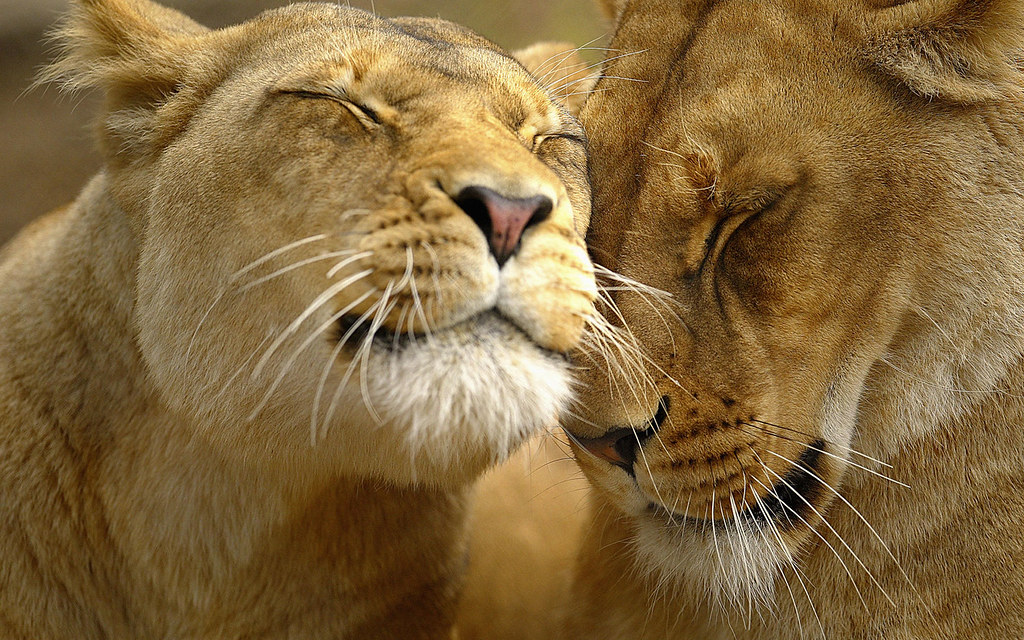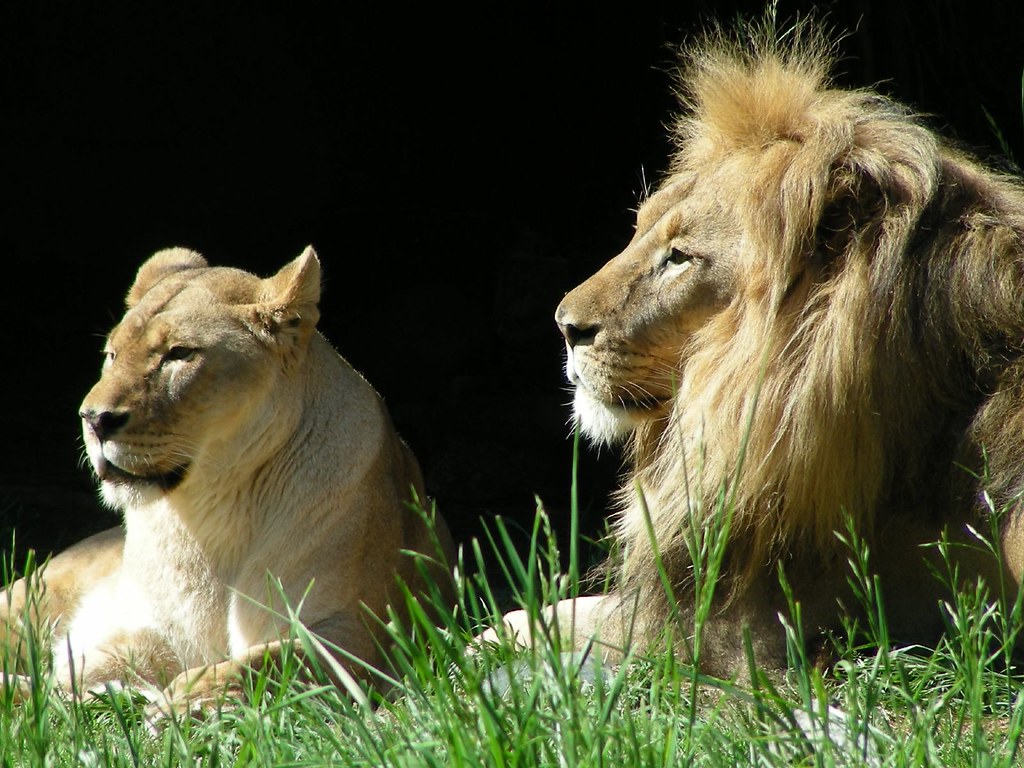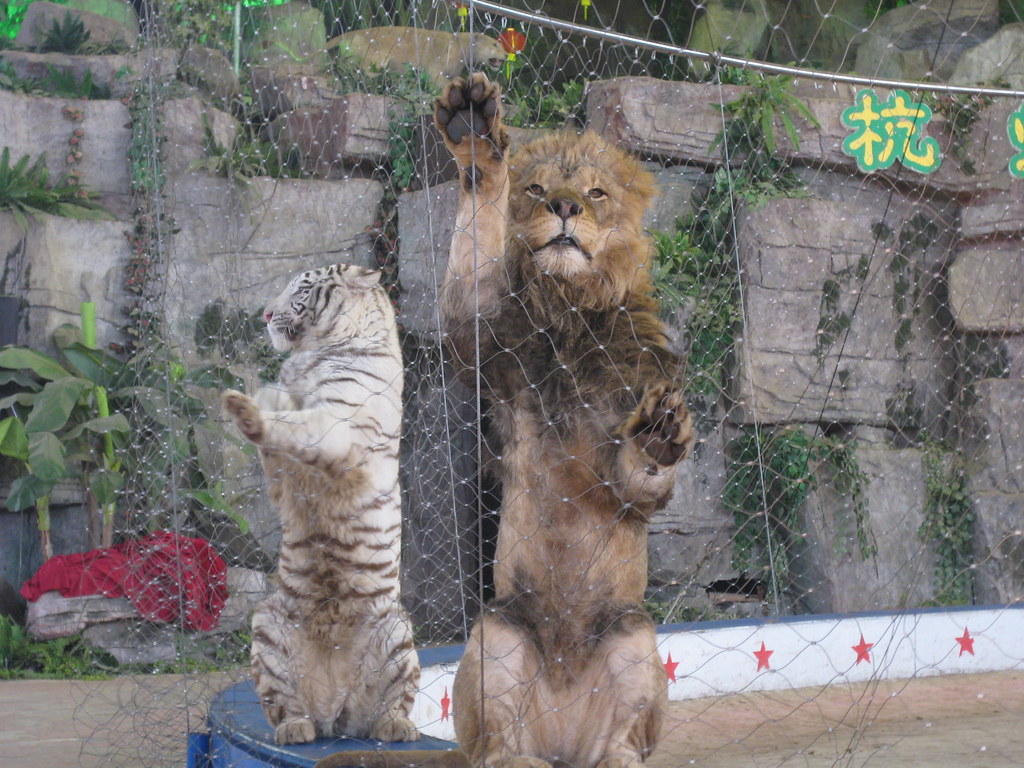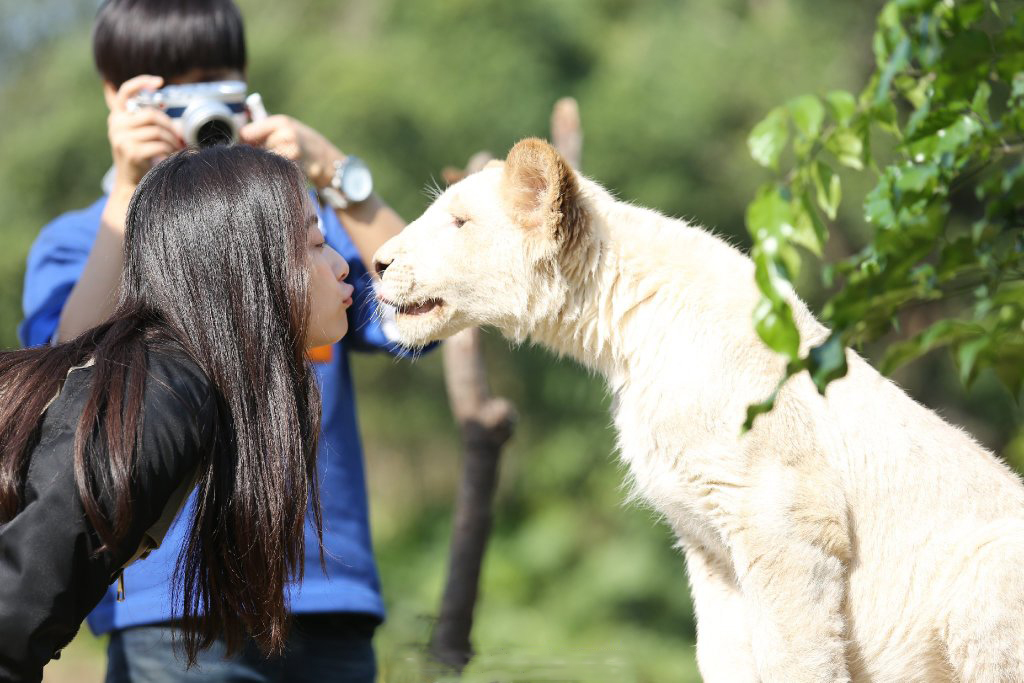#LionAwarenessWeek: Social complexity hints at scale of big cats’ intellectual prowess
15 August 2018
Lions live in prides of around 15 individuals including several adult females and up to four males as well as their cubs of both sexes.
Within prides a recognizable and distinct society with a degree of social organisation and relationships between individuals that endure from one encounter to another are present.
When living in a group, the potential benefits of efficient predator detection and prey acquisition can become diluted by the cost of sharing food and reproductive opportunities.
Furthermore, all individuals within groups are not equal. As dominant individuals monopolise resources more effectively, group living becomes less beneficial for subordinates.
So for social behaviour to be maintained in a pride of lions, all individuals must gain more from being social than from leaving the group and trying to survive and reproduce on their own.
Lions living in prides benefit from cooperative hunting. This is a cognitively challenging activity in which individuals must coordinate movements with other members of the pride and at the same time react to the prey.
Working cooperatively involves knowing what another individual wants, being able to read body movements and understand each other through communication. It is one of the fundamental building blocks of moral behaviour and the superglue that binds and maintains social ties among animals.
The social intelligence hypothesis posits that having to navigate a complex communal life, which involves challenges such as keeping track of who is a close friend, has pushed group-living animals to evolve the mental machinery required to solve and remember mental tasks. In other words, social complexity leads to cognitive complexity.
Impressed by lions’ ability to live in relatively large groups, researches have studied their intelligence.
Their cognitive abilities were tested by presenting 12 lions with a rope challenge in which a wooden box containing a piece of raw beef was suspended in the enclosure. To get the food, the lions needed to pull on a rope descending from the box.
Eleven of the 12 successfully solved it: seven on their own and four after watching another lion do it. Ten of the 11 recalled the solution five to seven months later. The fact that some individuals figured it out after being paired with another lion is particularly important and demonstrates the importance of social living and the role of social learning within the pride.
The very fact that lions live in relatively large communities informs us of their cognitive abilities – their ability to understand the world around them, communicate with others and cooperate for mutual benefit.
It is also a start reminder of how much lions in captivity suffer. Being kept in isolation at a zoo, tourist site or circus can affect their emotional stability and wellbeing.
Social animals require time with family members to allow them to develop the necessary social skills they will require throughout their lives. Animals separated from their mothers at an early age or raised in an inappropriately unstimulating environment are much more likely to develop behavioural problems as they age.
When encountering a lion in captivity we must ask ourselves if the individuals have been provided with opportunities to develop appropriate species-specific social relationships? If so, do these social groupings resemble those observed in the wild to facilitate feeding, grooming, social, territorial, and courtship behaviors?
If not, then we must ask whether we can accept the denial of this intelligent animal’s basic needs, merely for our entertainment?
BACK







